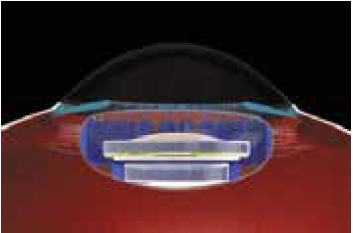One-Year Results for Juvene IOL
12-month data show refractive stability, promising functional outcomes.

Cheryl Guttman Krader
Published: Thursday, March 31, 2022

12-month data show refractive stability, promising functional outcomes.

Published: Thursday, March 31, 2022
